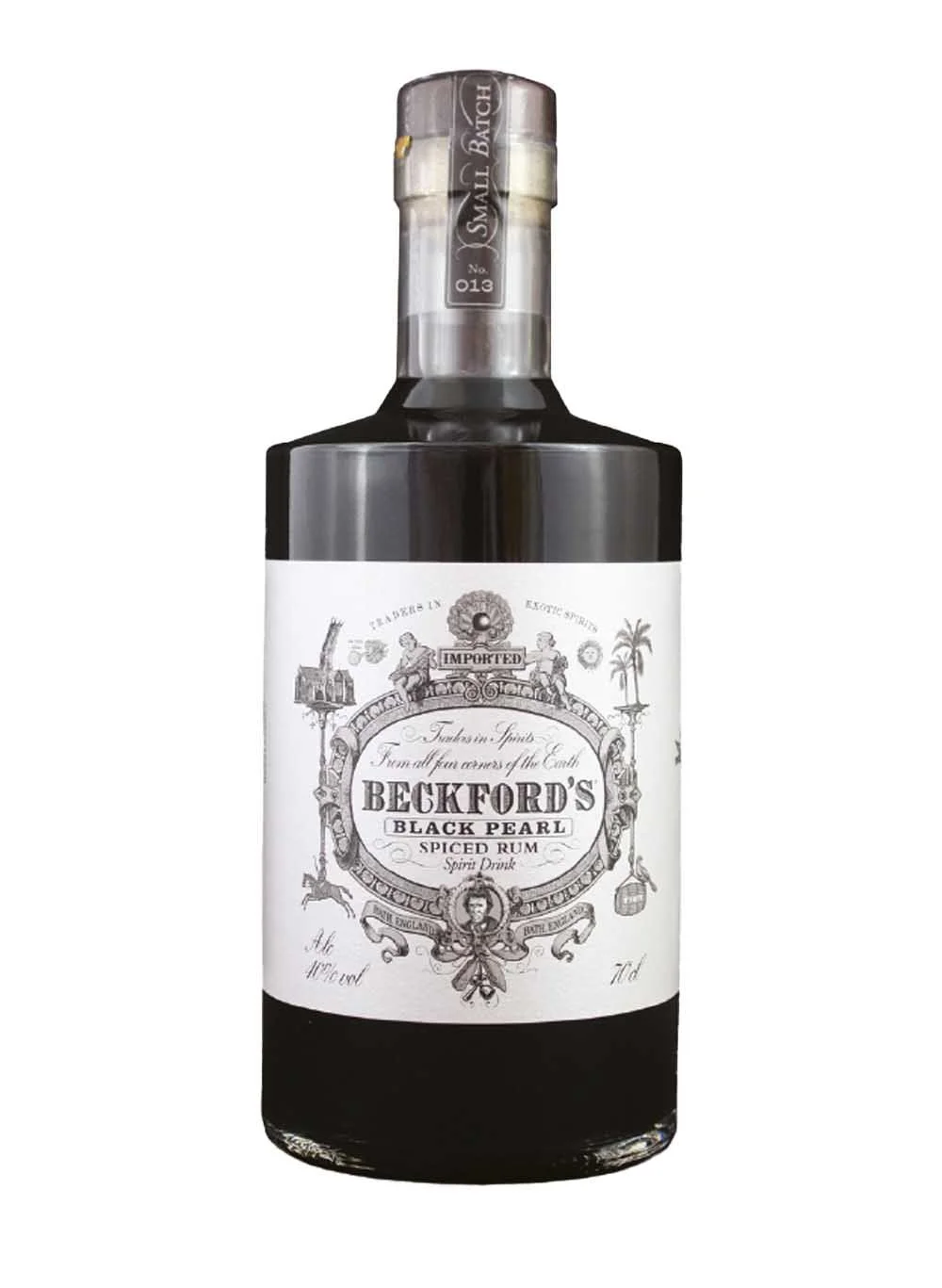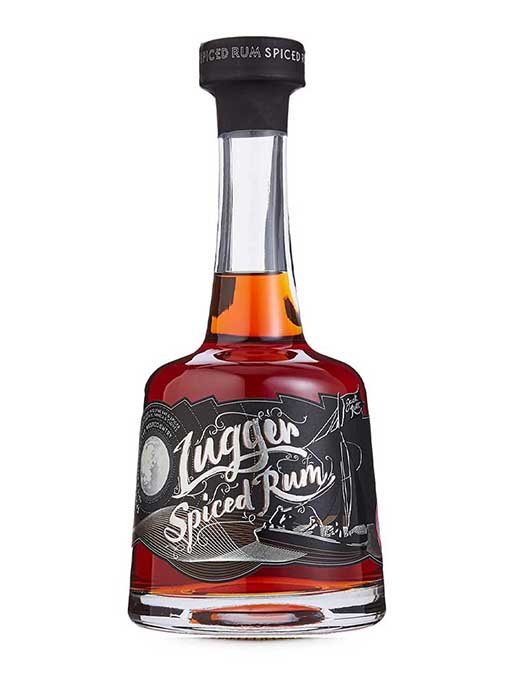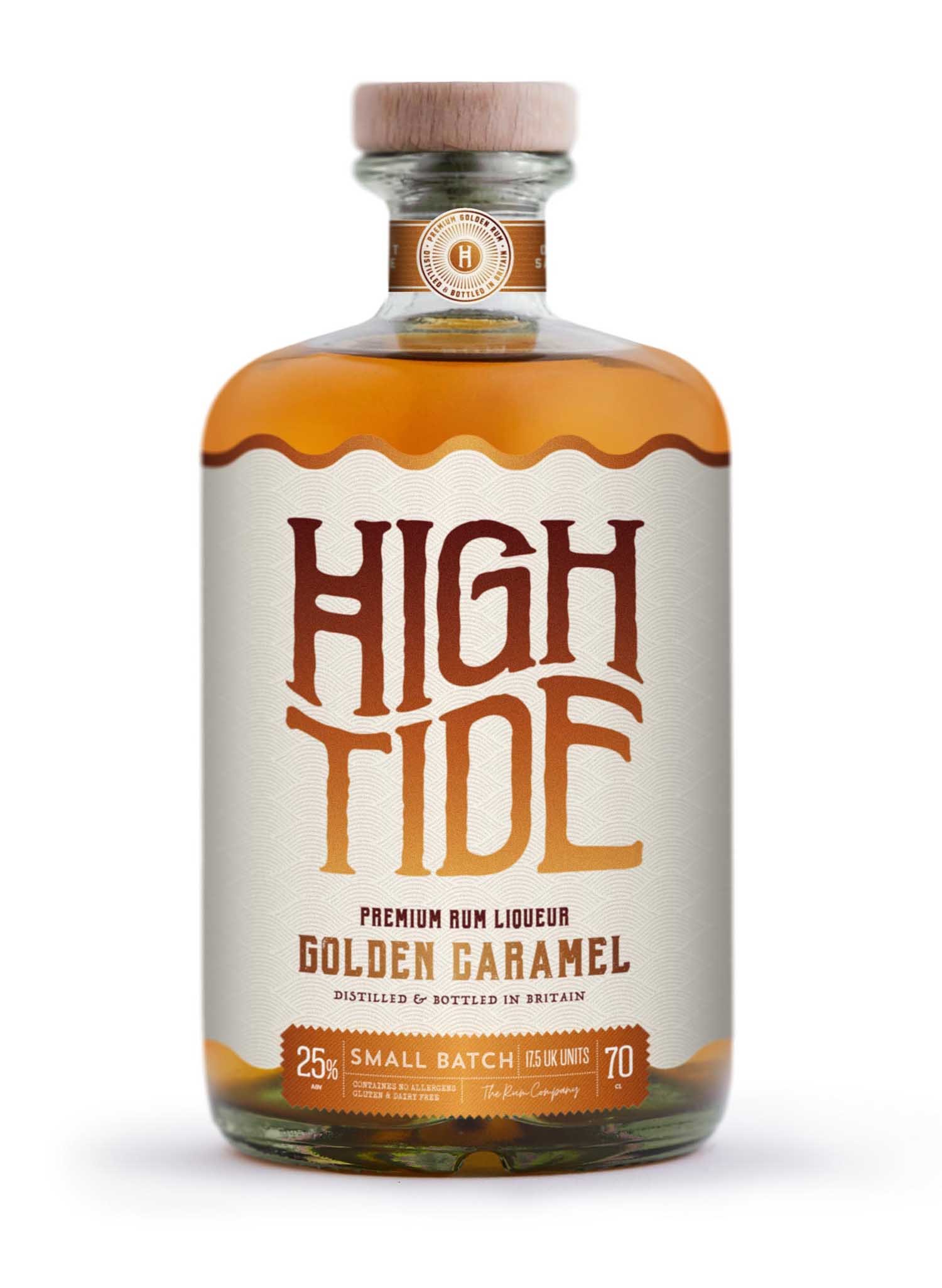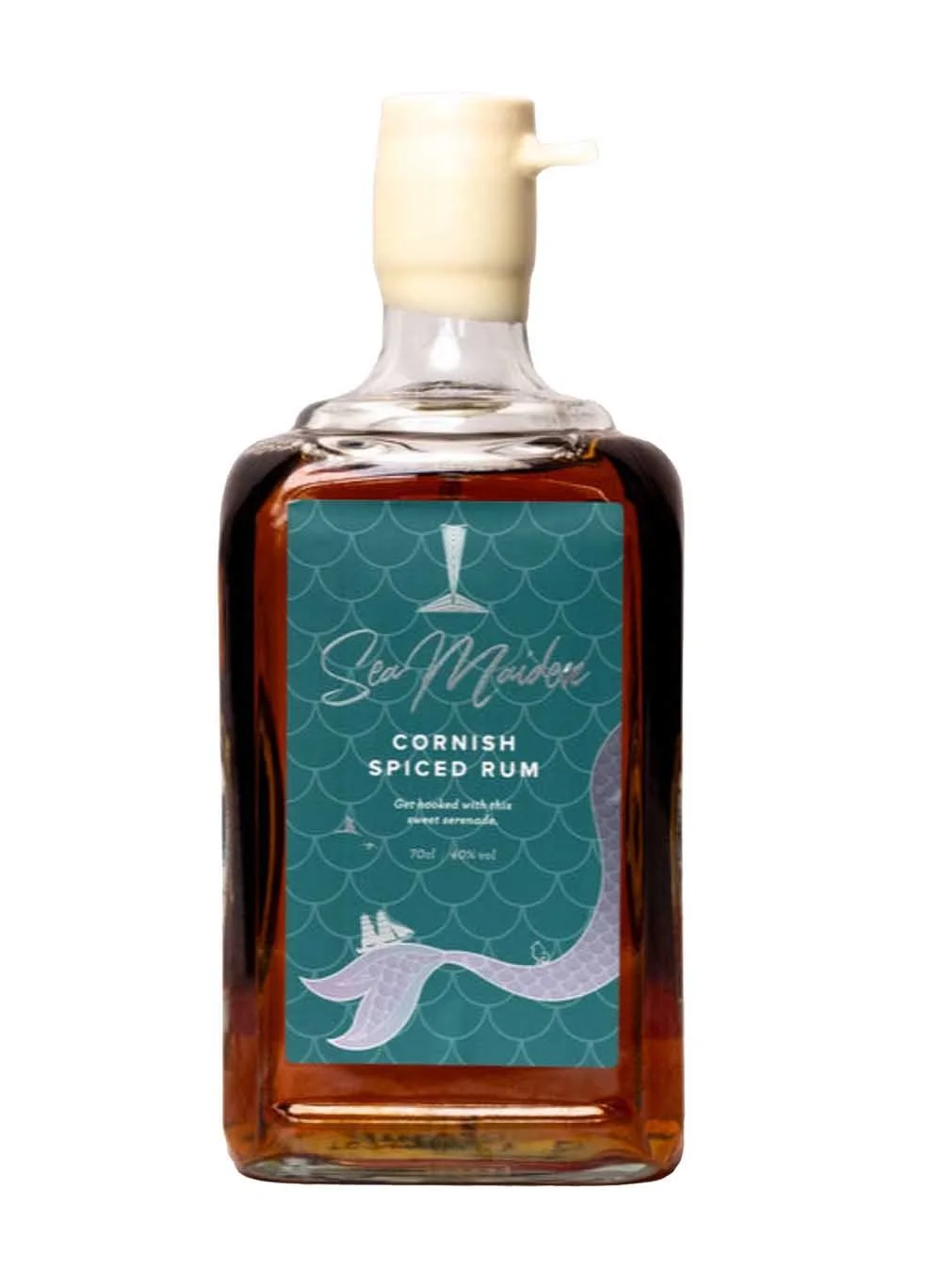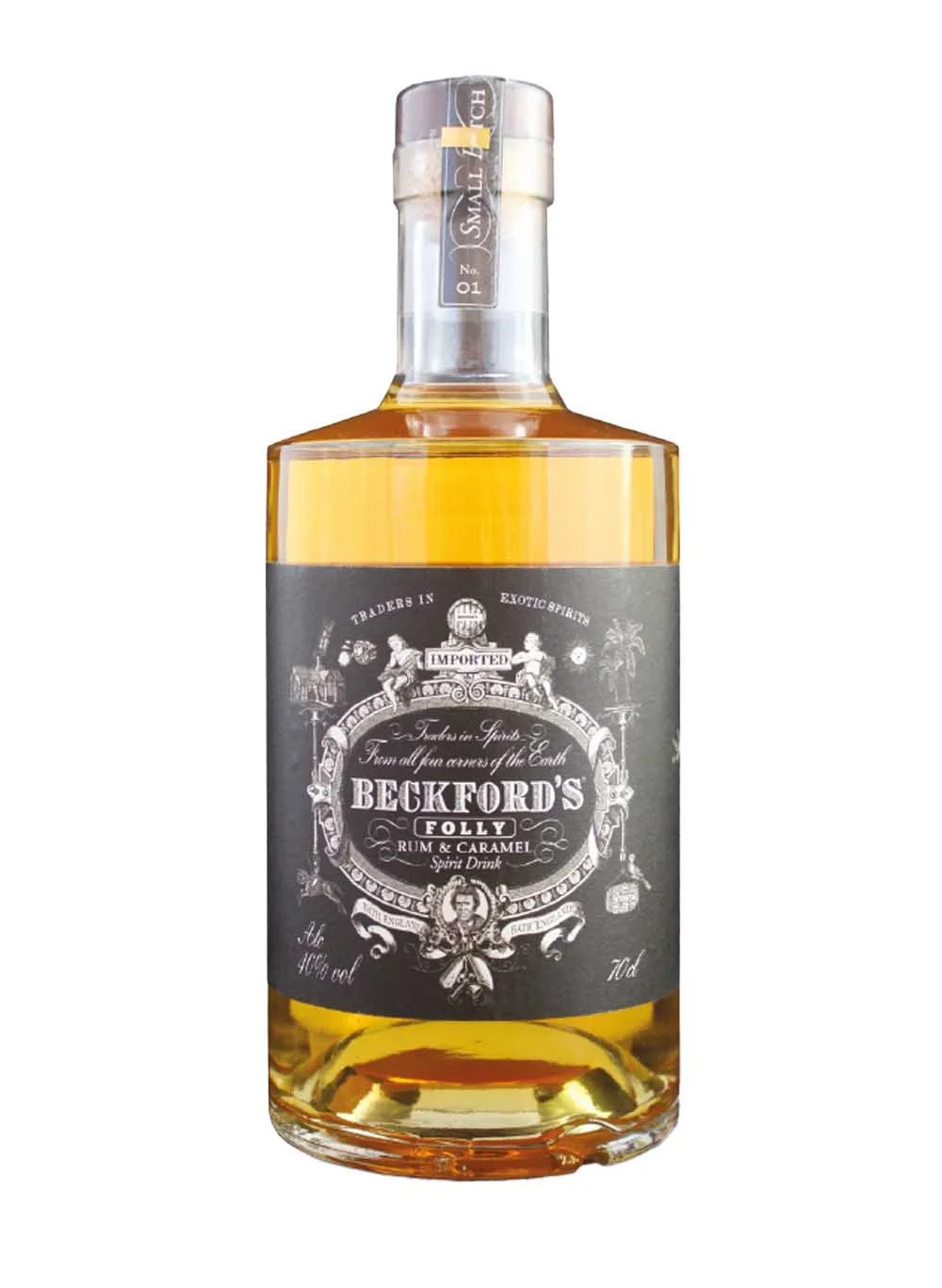Rum Tasting 101: A Beginner’s Guide
Rum, often associated with sandy beaches, swaying palm trees, and exotic cocktails, is a beloved spirit with a storied history. Yet, there's much more to this versatile liquor than just piña coladas and mojitos. In this beginner's guide, we'll explore the art of rum tasting, offering valuable rum-tasting tips and insights into how to taste rum properly. We'll also delve into the fascinating world of rum flavour profiles, helping you appreciate this exceptional spirit in a whole new way.
How to Taste Rum: A Step-by-Step Guide
Tasting rum isn't just about sipping a drink; it's an experience that engages your senses and unlocks a world of flavours and aromas. Here's a step-by-step guide to help you master the art of rum tasting:
1. Choose the Right Glass: Select a tulip-shaped glass with a narrow mouth. This design concentrates the aromas and allows you to fully appreciate the bouquet of the rum.
2. Examine the Color: Hold your glass up to the light and observe the rum's colour. The shade can range from pale gold to deep mahogany, and it provides a hint of what's to come in terms of flavour.
3. Swirl and Smell: Gently swirl the rum in the glass to release its aromas. Put your nose into the glass, close your eyes, and take a deep breath. What scents do you detect? Rum can exhibit a wide range of aromas, from fruity and floral notes to hints of vanilla, caramel, and oak.
4. Take a Sip: Sip the rum slowly and let it coat your palate. Pay attention to the initial taste, the mid-palate, and the finish. Is it sweet, dry, or somewhere in between? Are there any specific flavours that stand out?
5. Savour the Finish: The finish is the lingering taste after you've swallowed the rum. It can be short and crisp or long and warm. Some rums leave a spicy or smoky finish, while others have a sweet, caramel note that stays with you.
6. Consider the Texture: Think about the texture of the rum. Is it light and crisp, or rich and full-bodied? The mouthfeel can reveal a lot about the rum's ageing process and distillation method.
Understanding Rum Flavour Profiles
One of the most fascinating aspects of rum tasting is exploring the diverse flavour profiles found within this spirit. Rum can be categorised into several main styles, each with its unique characteristics:
1. Light Rum: Light rums are typically clear or pale gold in colour. They are light, crisp, and mildly sweet, making them a perfect choice for cocktails like daiquiris and mojitos.
2. Dark Rum: Dark rums are aged longer and have a richer, deeper colour. They often feature flavours of molasses, caramel, and oak, making them suitable for sipping or crafting complex cocktails.
3. Spiced Rum: Spiced rums are infused with a blend of spices and often carry notes of vanilla, cinnamon, and nutmeg. They are excellent for adding warmth and depth to cocktails.
4. Aged Rum: Aged rums are the connoisseur's choice, with complex flavour profiles reminiscent of whisky. They exhibit a wide range of flavours, from tropical fruit to toffee and leather.
5. Rhum Agricole: Rhum Agricole, made from fresh sugarcane juice, is known for its grassy, vegetal notes. This style of rum offers a distinctive and earthy flavour profile.
As you explore these different rum styles and flavour profiles, you'll discover a world of nuance and complexity. Every rum has its own story to tell, rooted in its origin, distillation method, ageing process, and the unique terroir of the region in which it's produced.
Rum tasting is not just a skill; it's an art form that can be endlessly rewarding. With the right guidance and practice, you'll unlock the secrets of this delightful spirit and learn to appreciate the diverse and captivating world of rum flavour profiles. So, the next time you raise your glass of rum, you'll do so with a newfound appreciation for the rich tapestry of aromas and tastes that this exceptional spirit has to offer. Cheers to your rum-tasting journey!






